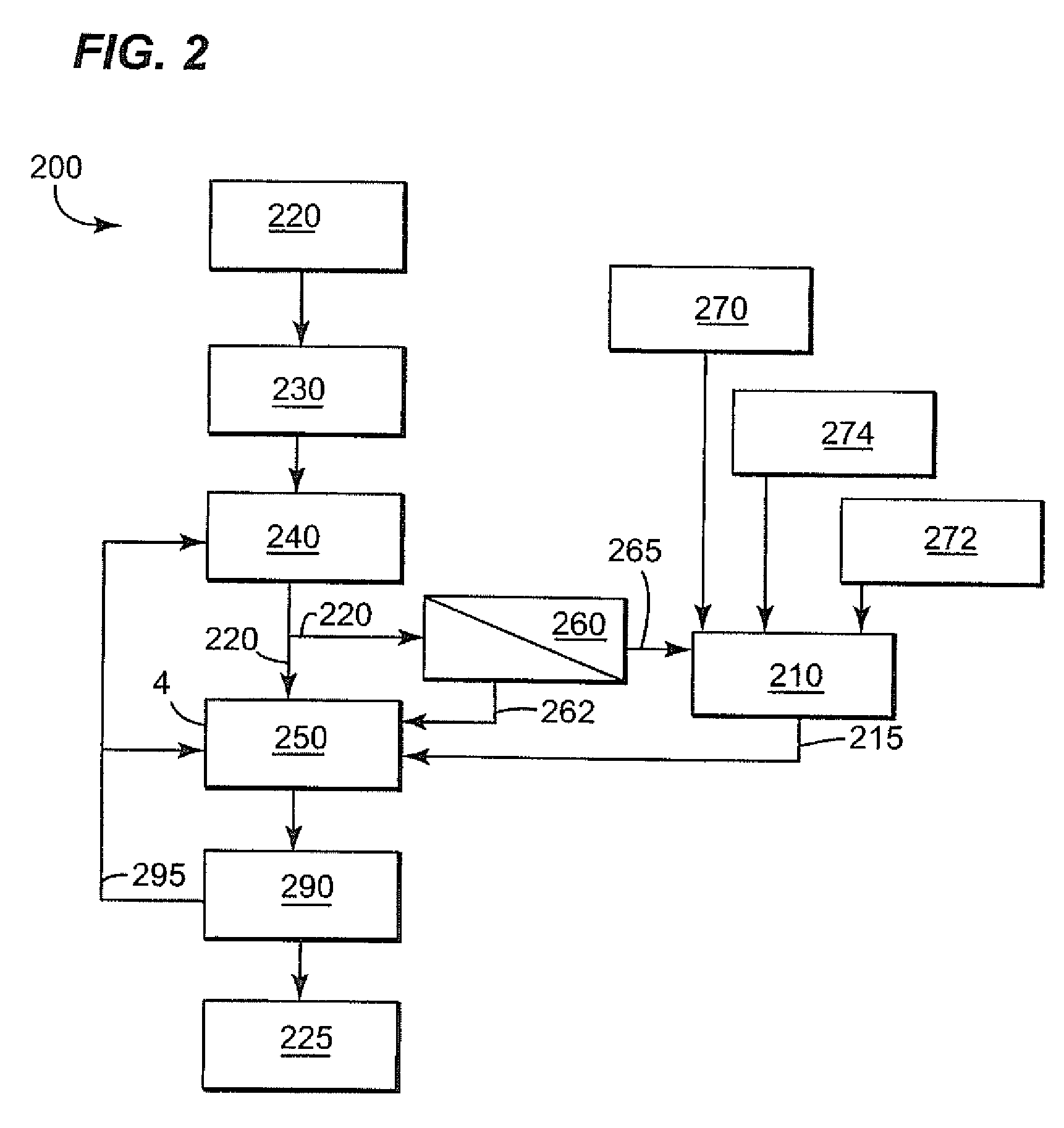Methods for biological purification of waste
- Summary
- Abstract
- Description
- Claims
- Application Information
AI Technical Summary
Benefits of technology
Problems solved by technology
Method used
Image
Examples
example
Example 1
[0052]A synthetic wastewater was prepared by mixing 25 g of Fluka® Nutrient Broth No. 1, (containing 15 g peptone, 3 g yeast extract, 6 g sodium chloride and 1 g D(+)-glucose), 500 mg phenol and 1 L water. The synthetic wastewater was steam sterilized at 121° C. for 15 minutes. 100 ml of the sterilized wastewater was poured into each of four 500 ml Erlenmeyer flasks. Flask I was inoculated with 100 mg of BioPlus® 2900 (BioPlus® 2900 is a commercial bioaugmentation product sold by GE Water and Process Technologies. It is a solid product containing a bacteria amount of about 5×109 cfu per 1 gram on a dry bran support.). Flask II was inoculated with 300 mg of BioPlus® 2900. Flask III was inoculated with a municipal activated sludge at 0.02 g / L MLSS (mixed liquor suspended solids). Flask IV was inoculated with a municipal activated sludge at 0.04 g / L MLSS. The activated sludge used was stored in the refrigerator overnight before it was used. All four flasks were agitated at 100...
PUM
 Login to View More
Login to View More Abstract
Description
Claims
Application Information
 Login to View More
Login to View More - R&D
- Intellectual Property
- Life Sciences
- Materials
- Tech Scout
- Unparalleled Data Quality
- Higher Quality Content
- 60% Fewer Hallucinations
Browse by: Latest US Patents, China's latest patents, Technical Efficacy Thesaurus, Application Domain, Technology Topic, Popular Technical Reports.
© 2025 PatSnap. All rights reserved.Legal|Privacy policy|Modern Slavery Act Transparency Statement|Sitemap|About US| Contact US: help@patsnap.com



